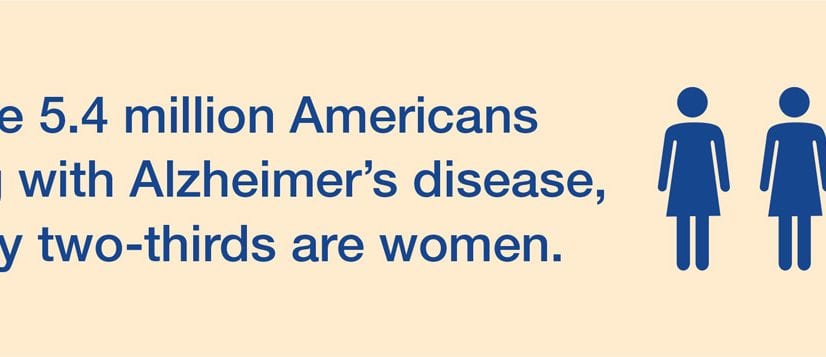
Posted July 14, 2010
Despite advances in understanding the pathology of Alzheimer’s disease, advancements in its diagnosis and treatment are limited. To address this key need, researchers at the University of Texas Health Science Center at Houston (UTHealth) and the University of Houston(UH) have been awarded a $150,000 grant from Cure Alzheimer’s Fund to pursue innovative work.
Support for this innovative project is being provided through Cure Alzheimer’s Fund by a consortium of philanthropic funders in the Houston area, led by a good friend of Cure Alzheimer’s Fund, Steve Cook of Fieldstone Partners in Houston.
The grant will allow UTHealth and UH researchers to accelerate use of nanotechnology and new imaging techniques to study the effects of certain compounds on Amyloid-Beta, a protein that is commonly linked to Alzheimer’s disease. Most importantly, the scientists will focus on the creation of new intravenous delivery mechanisms for compounds such as gamma secretase modulators, which are believed to have the potential to protect against the development of the debilitating disease.
“We’re developing nanocarriers designed to deliver therapeutic and imaging agents directly to the amyloid lesions,” said Ananth Annapragada, Ph.D., a lead researcher on the pre-clinical project and the Robert H. Graham Professor of Entrepreneurial Biomedical Informatics and Bioengineering at The University of Texas School of Health Information Sciences at Houston (SHIS), a part of UTHealth. “The imaging agents allow us to peek at the diseased area and the therapeutic agents allow us to treat it. Thus the nickname ‘Peek and Treat.’ ”
If the drug delivery system proceeds to clinical trials and proves effective, it could provide enhanced imaging in patients using Magnetic Resonance Imaging (MRI) at a resolution far exceeding current capabilities. It also could be used for the targeted delivery of a variety of therapeutic agents, according to the other lead researcher, Jason Eriksen, Ph.D., an assistant professor of pharmacology at UH.
“These nanocarriers allow us to deliver a nearly unlimited variety of compounds to the brain,” Eriksen said. “Since we can perform high-resolution imaging of Amyloid-Beta with this technology, we will be able to determine if a drug treatment effectively hits its target early on in the disease process.”
This project has a novel approach to the diagnosis and treatment of Alzheimer’s disease. The pioneering research being done at UTHealth and UH on Alzheimer’s disease is helping to better understand this devastating disease and could lead to better ways to reverse its effects and even find a cure.
Finding a cure and better treatments for Alzheimer’s only can be achieved by gaining a better understanding of the disease. Research is where it must start, and researchers like those at UTHealth and UH are doing groundbreaking work that could bring us one step closer to our goal of finding a cure.





